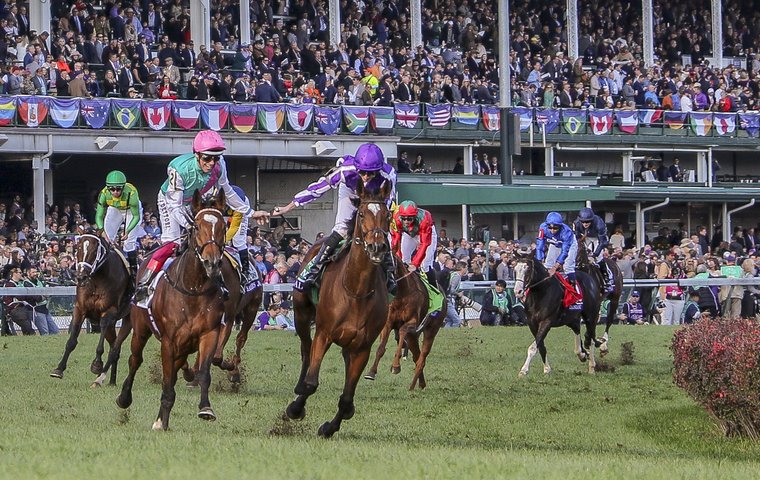
There are now more than ten years of world Group and Graded results included in the TRC Global Rankings era. The first set of rankings were produced for the week ending January 5, 2014, since when we have added another 332 editions.
In total, the rankings include 15,621 races in 27 countries made up from 154,706 performances. And, along the way, we have added certain races that merit inclusion in terms of quality, but don’t yet have an official IFHA grade. Examples include three renewals of The Everest in Australia, three editions of the Hong Kong Derby and all the main races at the inaugural Saudi Cup.
Full details of the methodology employed to produce the rankings is available here in our explainers but suffice to say TRC Global Rankings are objective and control for the different context of performance as well as we are able.
You can find this week’s rankings in the usual place but, from time to time, we like to leverage the historical depth of the rankings with a look at the highest ranking indexes achieved in each category. This week, it is the turn of the Jockey category:

Eight jockeys have reached World Number One. Two of these are based in Britain (Ryan Moore and Frankie Dettori), two in Australia (Hugh Bowman and Nash Rawiller), two in the USA (Javier Castellano and John Velazquez) and one each in France (Christophe Soumillon) and Ireland (Joseph O’Brien).
Remarkably, only one – O’Brien – is no longer active, but the table shows that several no longer enjoy the dominance they once did.
We rate Ryan Moore as the greatest rider of the TRC era. It will be a long time before his peak performance index of 1131, achieved on July 15, 2018, is approached again.
TRC Global Rankings are based on a rolling three-year window of performance, and, on that date, Moore had won 59 G1s, 35 G2s and 49 G3s. These are eye-watering numbers, especially when they are compared with the peak of the rider who sits just behind Moore historically, our current World Number One, Frankie Dettori: in the rankings of October 27, 2019, Dettori boasted 39 Group 1s, 29 Group 2s and 24 Group 3s.
Staggeringly, despite Dettori’s numbers being truly outstanding historically, they are dwarfed by Moore’s, which sum to another 51 races across all three grades. In truth, however, Moore and Dettori are the 1A and 1B of the current era, according to their impact.
Success is a zero-sum game, of course, and it isn’t long before the competition rises to erode every competitor’s dynastic period. The marked dip in Moore’s ranking does not imply the corresponding decline in his skills, but it does seem unlikely he – or anyone else, for that matter – will enjoy the same levels of success again.
Moore and Dettori have met in 639 Group races since the TRC era started in 2022, with the Englishman winning 322 (50.3%). This kind of Head-to-Head (H2H) match-up is the backbone of our figures because we haven’t found a more predictive method than paired comparisons, weighted according to their significance.
So, why is Moore’s peak performance index so much higher than Dettori’s? Well, in Group and Grade 1 races – those that matter most – Moore leads 145-133, and, when both have finished in the first three in any class of race, he has bettered his rival 94-87.
Regrettably, our reliance on paired comparisons has led to a little confusion, however.
For one competitor to be ranked above another, it isn’t necessary that they have a better direct H2H record because we consider paired comparisons over a giant, global network of interactions. Moore’s H2H record with Dettori is only one way of comparing the two; there are hundreds of competitors common to both riders who provide a transitory path between them.


